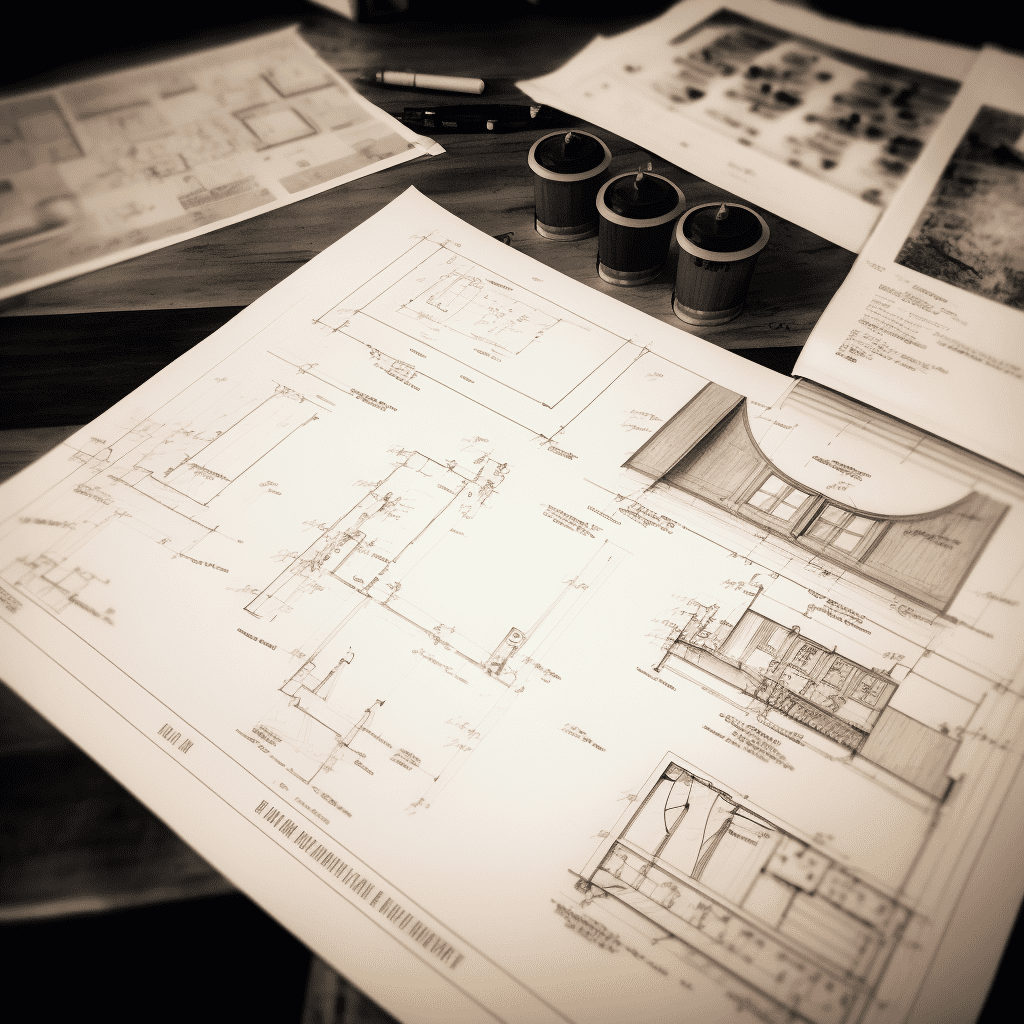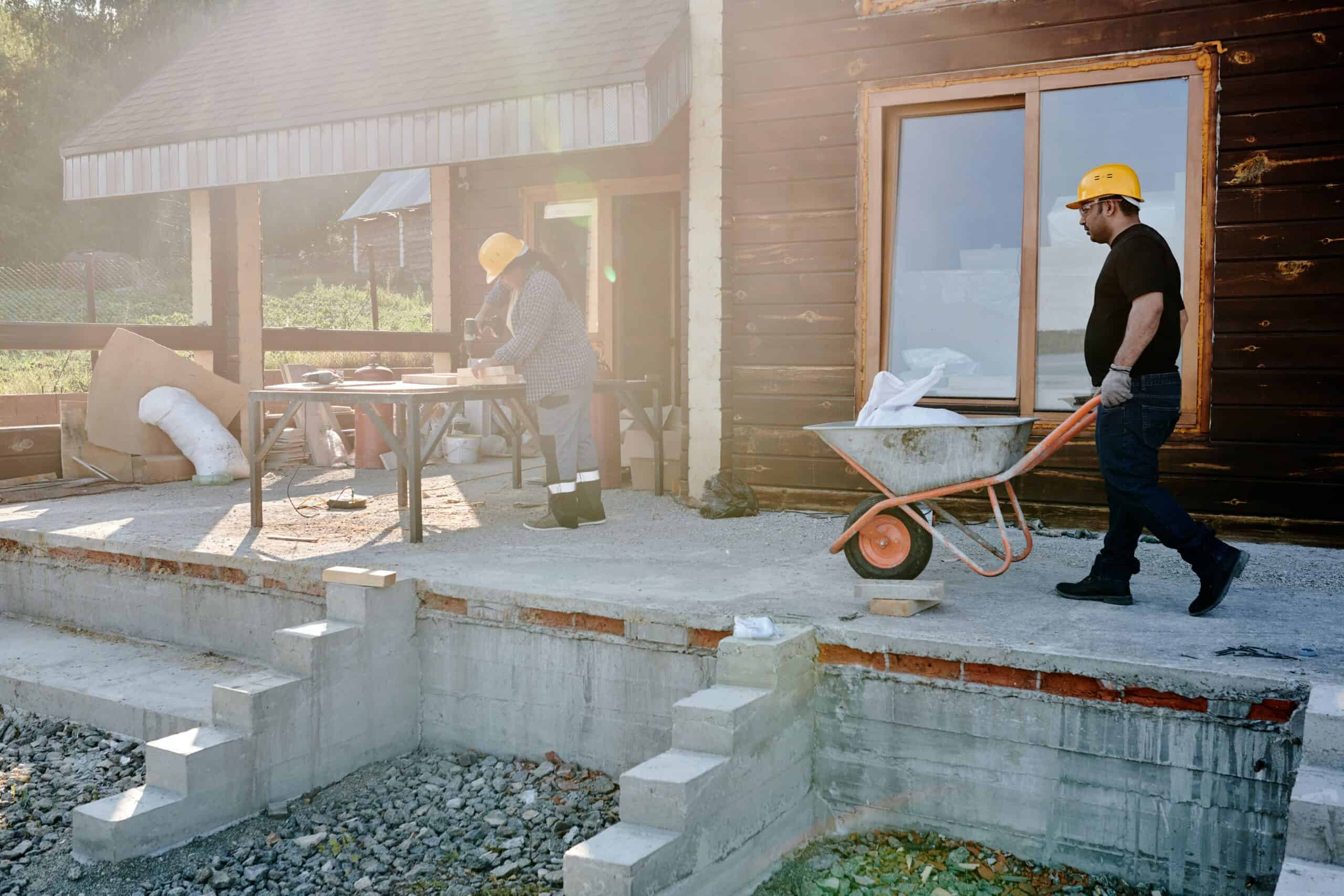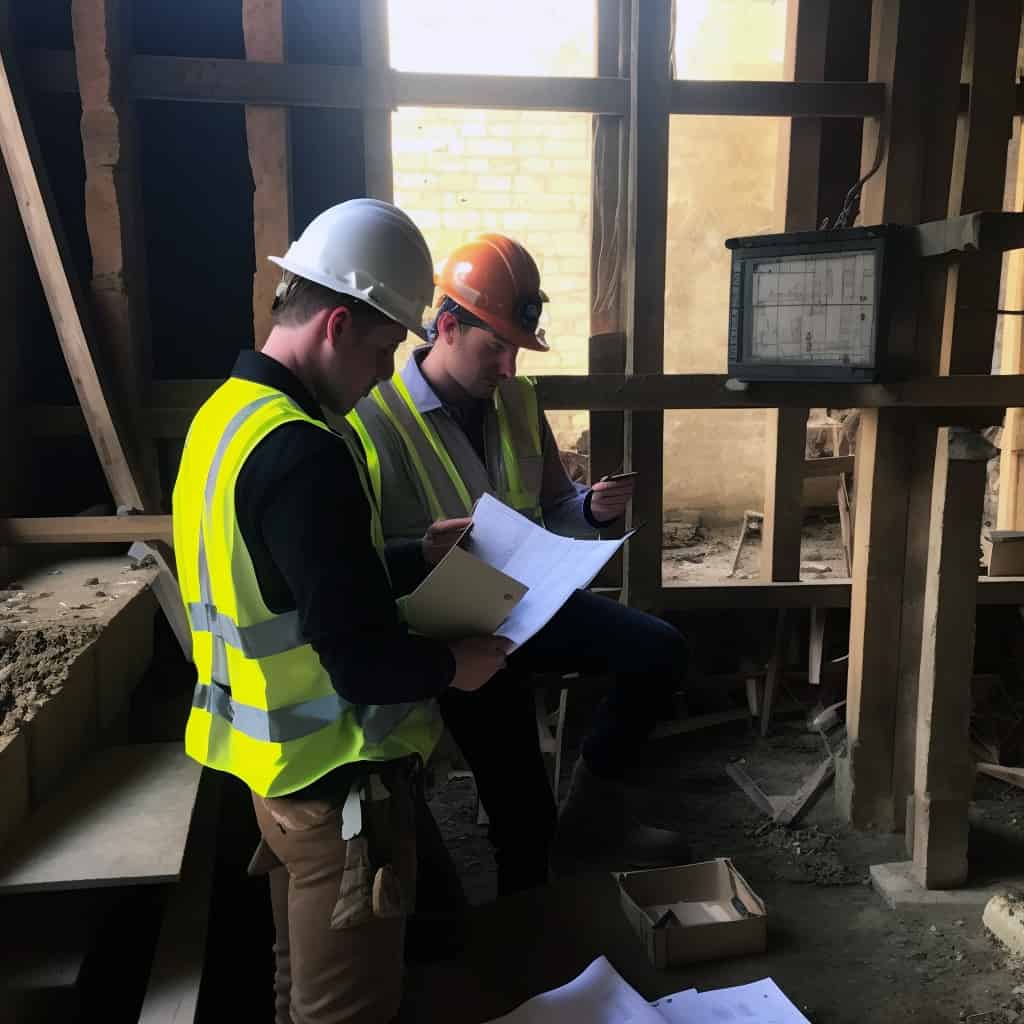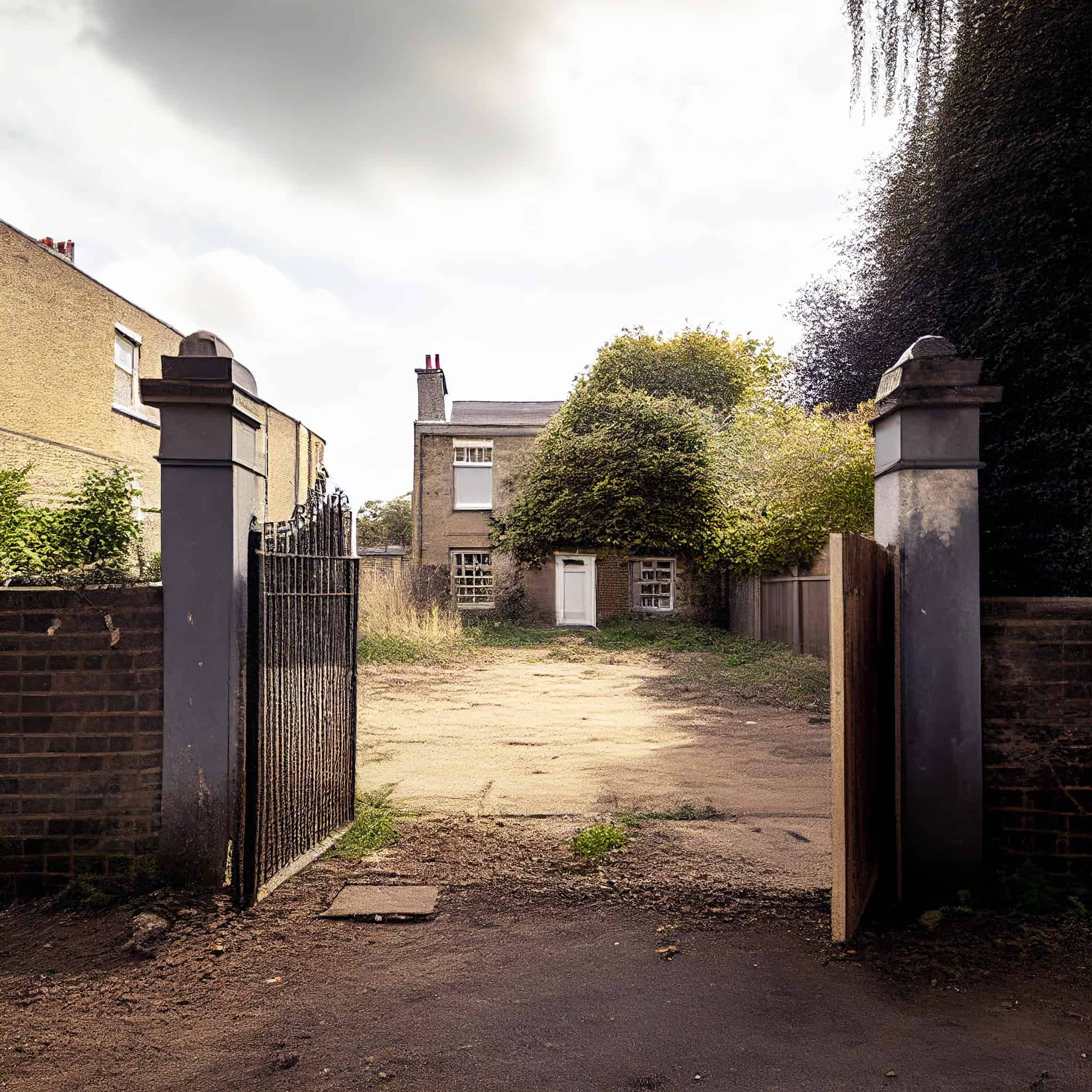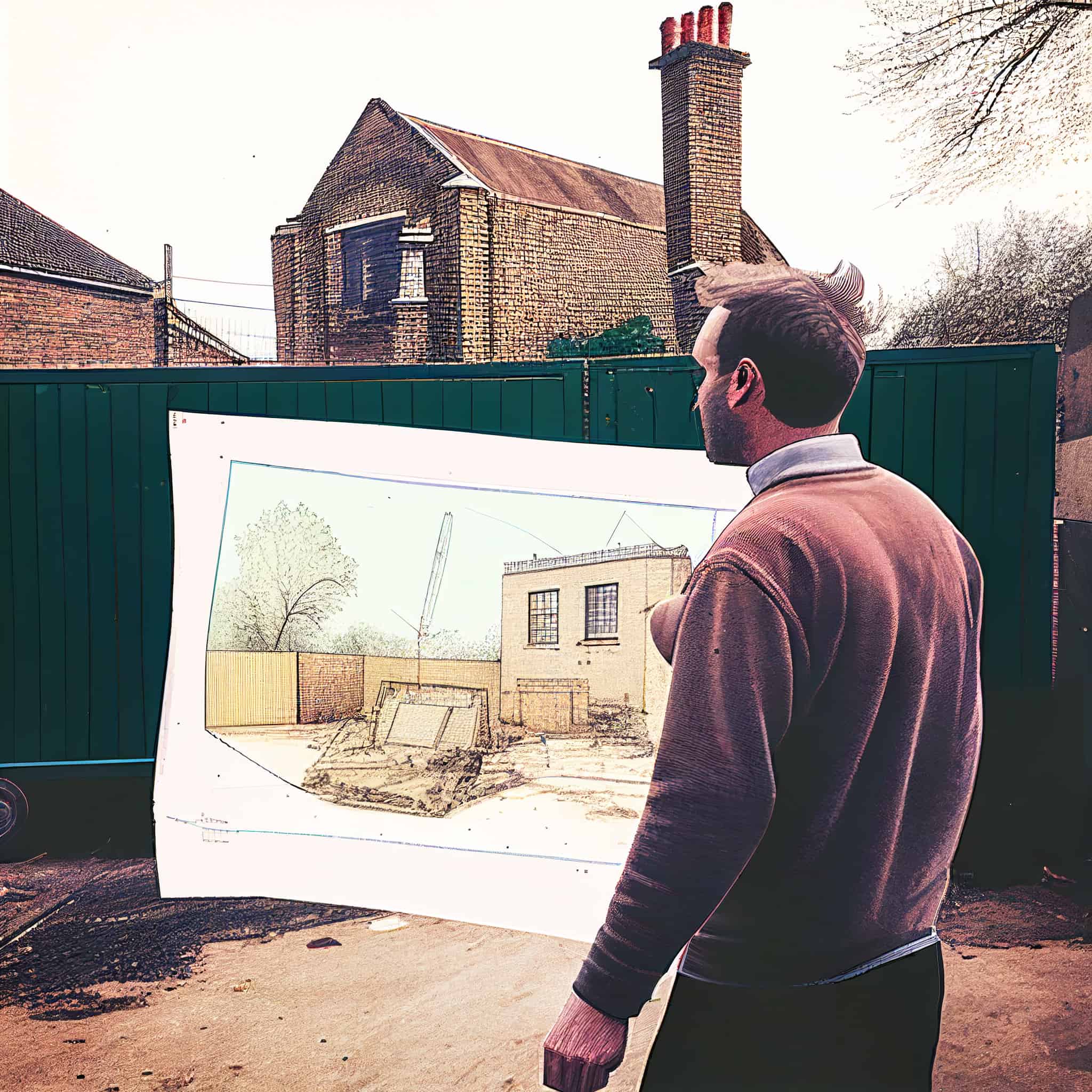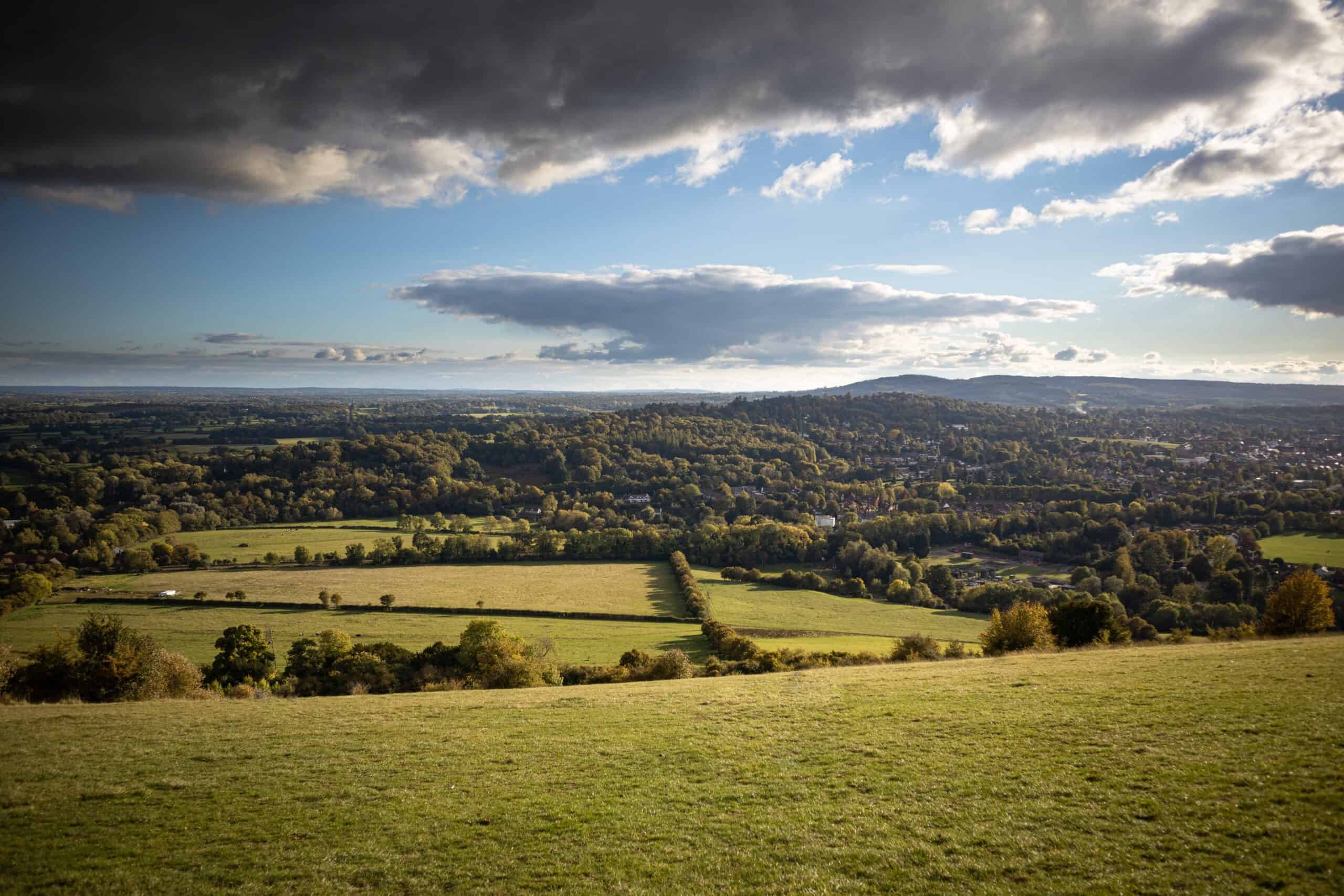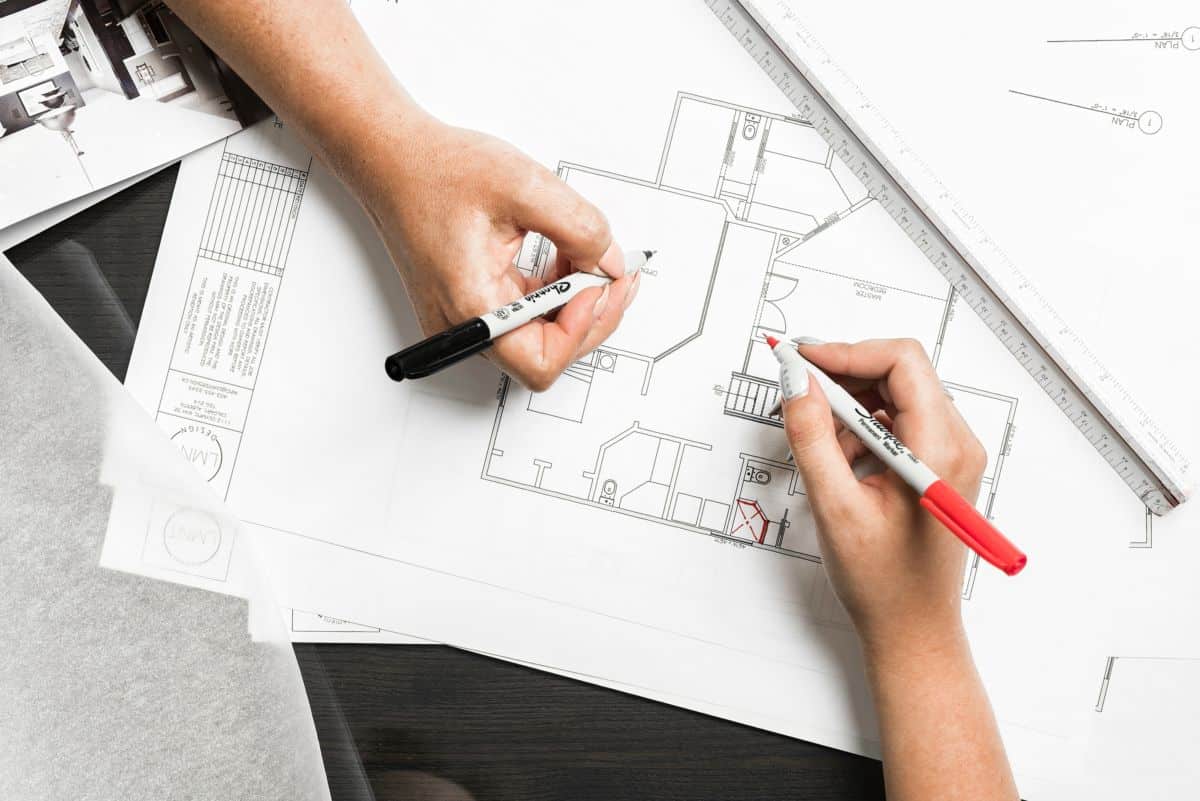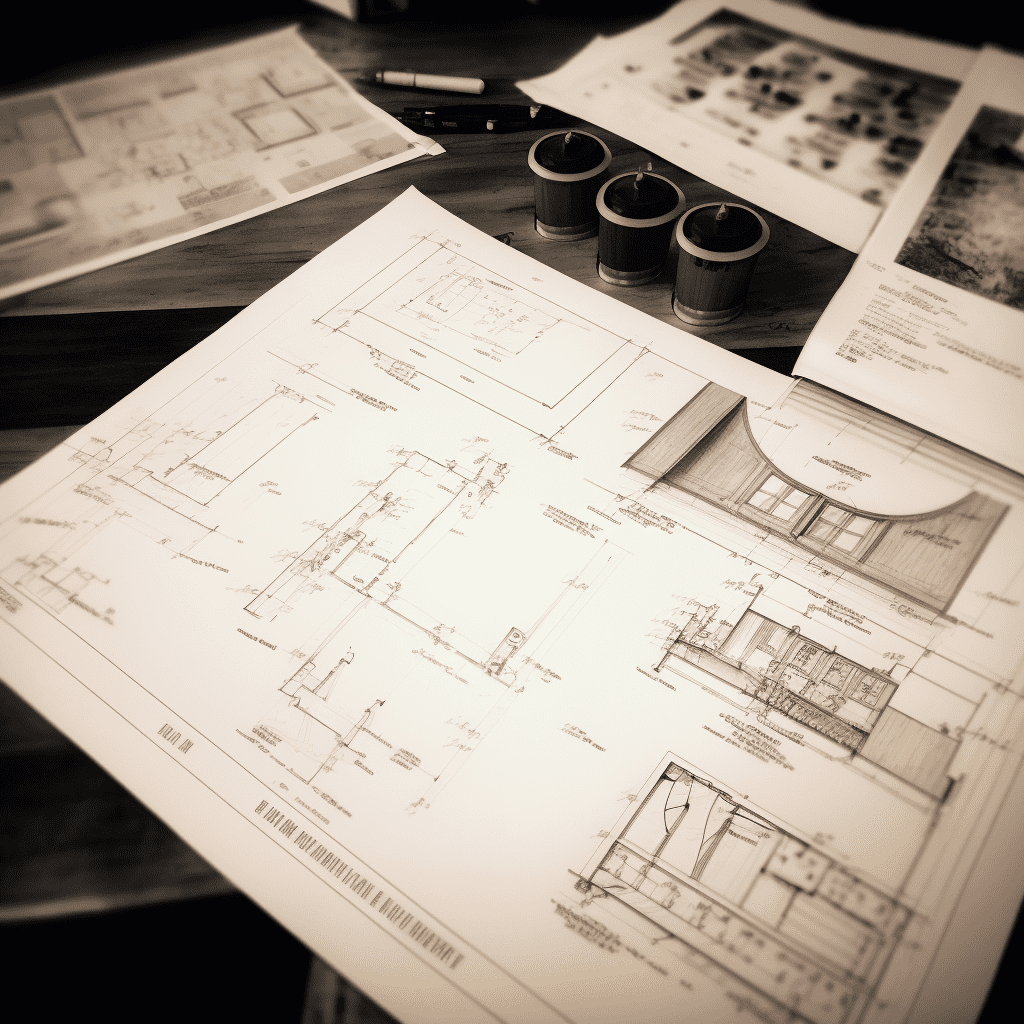When do I need planning permission?
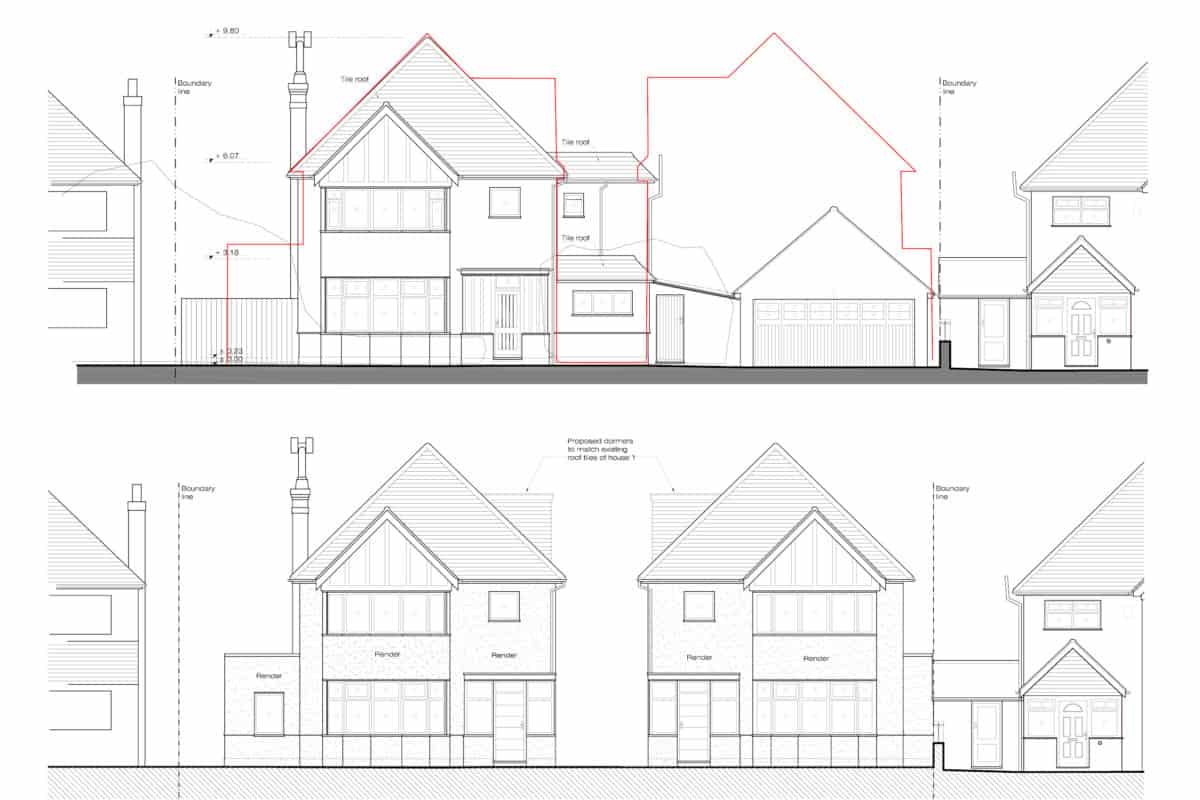
Do I need planning permission?
Are you thinking of upgrading your home, making any alterations or adding an extension to your house? If so, you may find that you need planning permission from your local authority.
The thing about planning permission is that even if it is just for some essential repairs to your home, obtaining planning permission can often be a complex, stressful process. But, the good news is that you don’t necessarily need planning permission for every modification you wish to make to your property.
The following is a handy guide to help you navigate the complex world of planning permission, and determine examples of where you might not even need it at all. Here is everything that you need to know:
Extensions and conservatories
You may not realise it, but extensions are generally considered as ‘permitted developments’ by local authorities. However, even if this is the case, you may still need to consult about planning permission to ensure that certain conditions apply. Otherwise, you will need to apply for full planning permission from your local council. This is what classifies an extension as a permitted development:
1. The extension should be no bigger than half the area of land around your property.
2. It should not be any longer than your house’s principal or side elevation, nor should it be any taller than the highest part of your roof.
3. Single-storey extensions should not be any longer than 6-8 metres beyond the rear wall of your house, or three metres for double-storey extensions. Also, single-storey extensions can’t be any taller than four metres, nor can they be any wider than half of the property’s width.
4. There must be a minimum of seven metres to the boundary for double-storey extensions.
5. Your extension should use the same or similar materials to the rest of your home’s construction.
6. All extensions must not have any balconies or verandas, or any other raised platforms.
The above applies to both extensions and conservatories. If you live in a conservation area or your house has listed building status, these conditions may not apply and you may need to gain planning permission.
Outbuildings (Sheds, garages, workshops)
Are you planning on building a shed or outbuilding in your garden? Perhaps you want to build a space to rent out on Airbnb, or maybe you wish to create a garden office where you can work from home? Before getting started, understanding the need for planning permission is vital.
In general, all such small buildings are considered as permitted developments by local authorities. The only things you need to be aware of are that any outbuildings cannot be higher than four metres, and they can’t take up more than half of the land around your house.
There are some cases where you may need planning permission despite sticking to the above guidelines. Whenever you have doubts, always ensure to check with your local authority or the government’s Planning Portal website for further information.
Block paving, tarmac and concrete
First impressions matter and some of the best improvements can be made to the front of your house, for example by renewing your driveway or creating better landscaping in your front garden. For things like block paving, tarmac and concrete, planning permission is seldom needed from your local authority, nor is there a size limit.
The only thing you must be aware of is that if the material you use isn’t permeable (i.e., water cannot pass through it easily), you must seek planning permission if the hardstanding area is five square metres or above.
Fencing, walls, and gates
Privacy and security is an important issue for many homeowners. There are some occasions where you may need to gain planning permission for fencing, walls, and gates.
For example, you will need to contact your local authority if you plan to install fencing or a wall that’s by the road and is more than a metre (around 3.2 feet) high. Similarly, planning permission must be sought if it’s over two metres (6.6 feet) tall and isn’t next to a road.
If your home has listed building status, you’ll need planning permission irrespective of fencing, wall or gate height and regardless of whether it’s next to a road or not.
Trees and hedges
Before conducting any work on trees in your garden, such as pruning, it’s essential to understand the planning permission requirements, as they might be subject to tree preservation orders.
When it comes to hedges, you’re allowed to have as many as you like, and as tall as you like, as long as they don’t become a nuisance to your neighbours. You should bear that point in mind if you’re planning on growing some cypress hedges, given that they grow rather tall.
Exterior works
If you’re thinking about doing some minor maintenance work on your exterior walls or roof, you typically won’t need to ask for planning permission from your local authority. The only exception to that rule is if your home has listed building status, or you’re planning to alter the roof on your top-floor flat, for example.
Interior works
Most interior alterations aren’t subject to planning permission requirements. But, always double-check, especially if you live in a conservation area or a listed building.
What to do if you need planning permission
If you’ve read the above guidelines and think that you need planning permission, it’s worth discussing your project with a planning consultant or architect. They can tell you for certain if it’s needed, and help you to navigate the complexities of planning permission rules and regulations with ease.
A pre-planning application meeting can also help you to gauge how likely an application is going to get accepted. In those cases, it can be worth having professional drawings made up by an architect to detail what you are planning to do.


